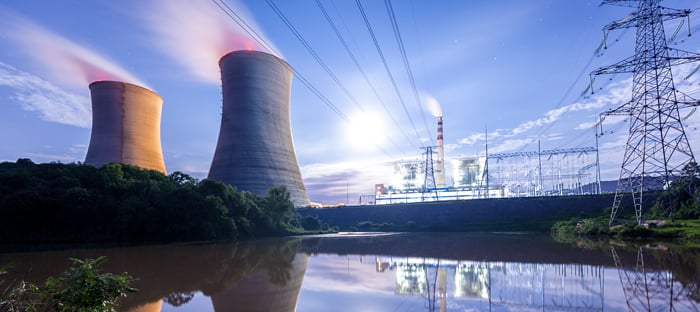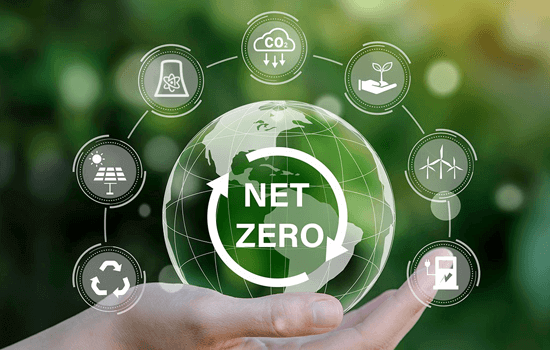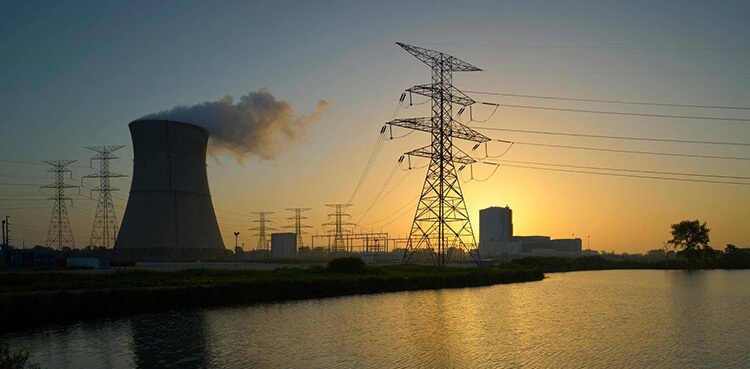What are carbon offsets? And how will they help us build a cleaner world?
To achieve net zero by 2050, organizations large and small must find ways to reduce or eliminate their carbon footprint – a carbon footprint that extends beyond the company’s own carbon emissions. While critical to meeting ESG goals and achieving carbon neutrality, reducing or eliminating emissions, for many companies, is either cost-prohibitive or detrimental to the bottom line. Buying carbon offsets, however, provides a practical solution
Here we explore what carbon offsets are and how corporate carbon offsetting helps industries and organizations reduce their Scope 1 and 2 carbon emissions, as well as carbon emissions in their supply chain (Scope 3). We provide a guide to get started and showcase the way Energy Harbor's Emission-Free Energy Certificates provide not only a measurable offset of your business's carbon footprint but also promote a clean energy future worldwide.
Achieving a Carbon-Free Future
Companies are setting ambitious ESG and carbon neutrality targets and achieving them through carbon offset programs. Energy Harbor's Emission-Free Energy Certificates not only offset carbon emissions but also support a cleaner energy future.
Carbon Offsets Business Buyer’s Guide
Reaching net zero goals can be difficult for companies, one solution is to offset carbon emissions with equal or greater reduction. This guide will assist in identifying, choosing, and buying carbon offset.
Nuclear: Surprisingly Affordable
Nuclear power has played a significant role in reducing emissions over the years, reducing over 60 gigatons of CO2 emissions in the past 50 years. This is equivalent to two years of global energy-related emissions, as per IEA.
Supply Chain Decarbonization
Not only are consumers choosing brands based on their sustainability and carbon emissions initiatives, so are investors and banks. How does your company stack up?
Carbon Offsets Global Demand
The demand for carbon offsets grows larger and louder every day, and this investment demand has led to the rise of carbon markets, helping ease our transition to a net zero world.









